On June 16, 1966, the Beatles performed “Paperback Writer” and “Rain” on Top of the Pops. Like many artists before, and after them, who appeared on the BBC show, the Beatles lip-synced through the two songs. The episode was lost by the BBC, and only 11 seconds were recovered in 2019, but it did indicate how the band felt about playing the latter song live.
The Beatles continued performing “Paperback Writer,” and it was part of their 1966 tour setlist, it wasn’t the easiest for the four to pull off. The layered vocals were difficult to reproduce live and only frustrated the band.
Written by Paul McCartney and recorded on April 13 and 14 at Abbey Road during their Revolver sessions, and released as a single with “Rain,” “Paperback Writer” was an innovative track in its use of echo. “‘Paperback Writer’ was the first time that we have had an echo on a Beatles track,” said producer George Martin.
Videos by American Songwriter
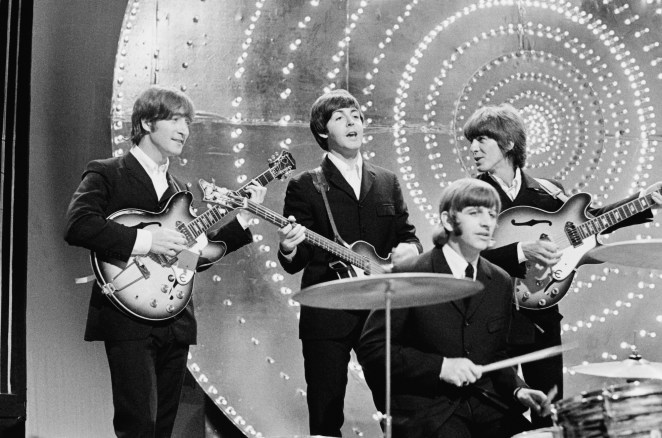
Needs More Bass
“Paperback Writer,” also made McCartney’s bass more pronounced. The Beatles’ longtime engineer Geoff Emerick, who worked with the band on Revolver (1966), Sgt. Pepper’s Lonely Hearts Club Band (1967) and Abbey Road (1969), said that McCartney complained that his bass wasn’t as prominent as what he heard on American albums he loved, so replaced his Hofner bass with a Rickenbacker.
Then, a larger loudspeaker in the studio was turned into more of a sound receptor, a microphone for the bass, and was set in front of McCartney’s amp speaker.
“‘Paperback Writer’ was the first time the bass sound had been heard in all its excitement,” said Emerick, who was only 19 when he started working on Revolver. “Paul played a different bass, a Rickenbacker. Then we boosted it further by using a loudspeaker as a microphone. We positioned it directly in front of the bass speaker and the moving diaphragm of the second speaker made the electric current.”
Another No. 1
When released, “Paperback Writer” went to No. 1 internationally, including in the UK and on the Billboard Hot 100.
“‘Paperback Writer’ is [the] son of ‘Day Tripper,’ but it is Paul’s song,” said John Lennon. The song was released 27 weeks after the band’s singles “Day Tripper” and “We Can Work It Out.”
McCartney first wrote “Paperback Writer” after reading an article in the Daily Mail about an aspiring author, and is written from the perspective of a writer soliciting a book to a publisher. He wrote the song at Lennon’s house in Weybridge.
“I arrived at Weybridge and told John I had this idea of trying to write off to publishers to become a paperback writer,” said McCartney, “and I said, ‘I think it should be written like a letter.’”
Paperback writer (paperback writer)
Dear Sir or Madam, will you read my book?
It took me years to write, will you take a look?
It’s based on a novel by a man named Lear
And I need a job
So I wanna be a paperback writer
Paperback writer
It’s a dirty story of a dirty man
And his clinging wife doesn’t understand
His son is working for the Daily Mail
It’s a steady job
But he wants to be a paperback writer
Paperback writer
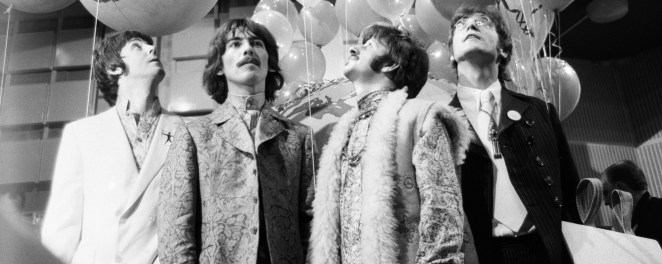
[RELATED: 5 Songs John Lennon and Paul McCartney Wrote for Other Artists]
‘Dear Sir or Madam’
In McCartney’s 2021 book The Lyrics, he talks about crossing paths with writers including Harold Pinter, Kingsley Amis, John and Penelope Mortimer. “I had this idea of being an aspiring writer, and I imagined writing a letter to the publishing company to extol my own virtues and to sell myself,” said McCartney. “That’s why the song starts ‘Dear Sir or Madam.’ That was the way you opened letters then. I set that to music.”
McCartney added that the band may have also “taken a leaf or two from the Beach Boys’ harmony book” when recording “Paperback Writer.”
“We loved puns above all forms of Wordplay,” added McCartney. “We loved the absurd. We love the nonsensical, particularly the writings of Edward Lear. That’s why he is namechecked in ‘Paperback Writer.’”
Though the Beatles stopped playing “Paperback Writer” early on, playing it one last time at their final live show at Candlestick Park in San Francisco on August 29, 1966, McCartney has continued to add it to his setlist since the early ’90s.
Photo: The Beatles on Top of the Pops, June 16, 1966. (Daily Mirror/Mirrorpix via Getty Images)

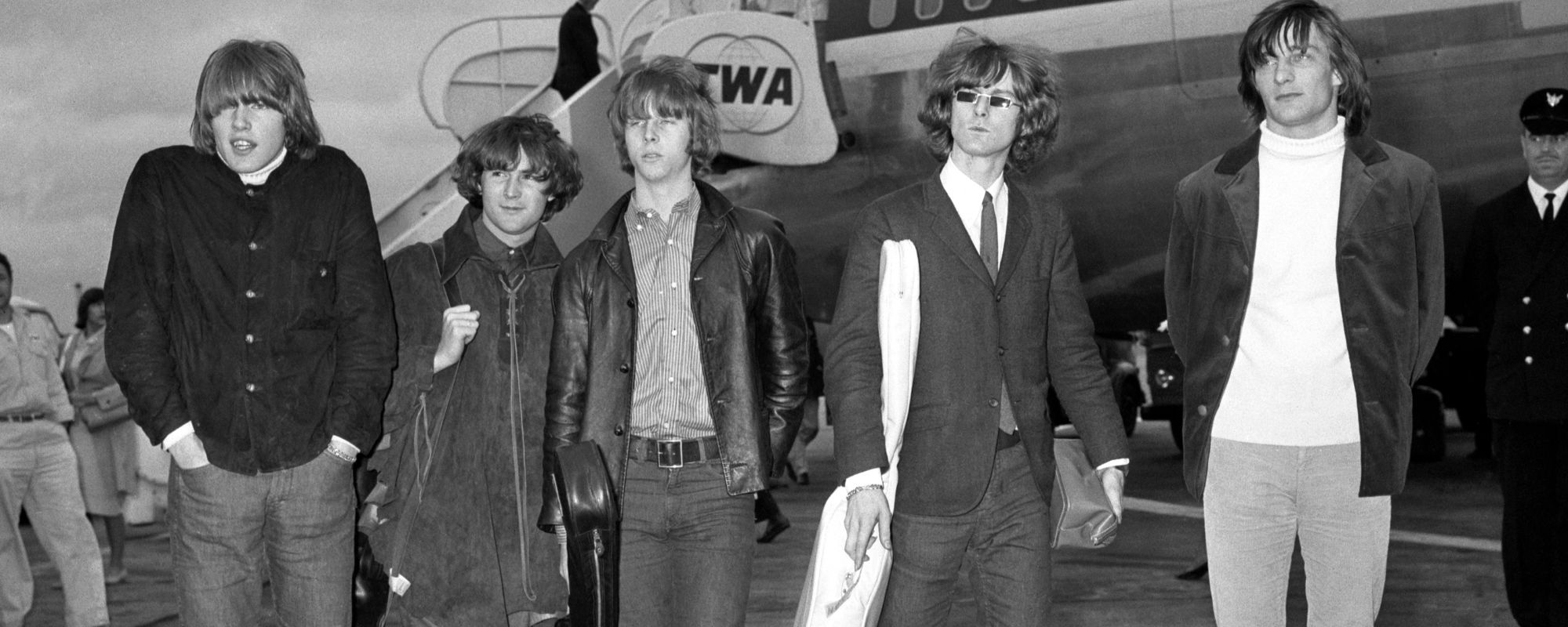
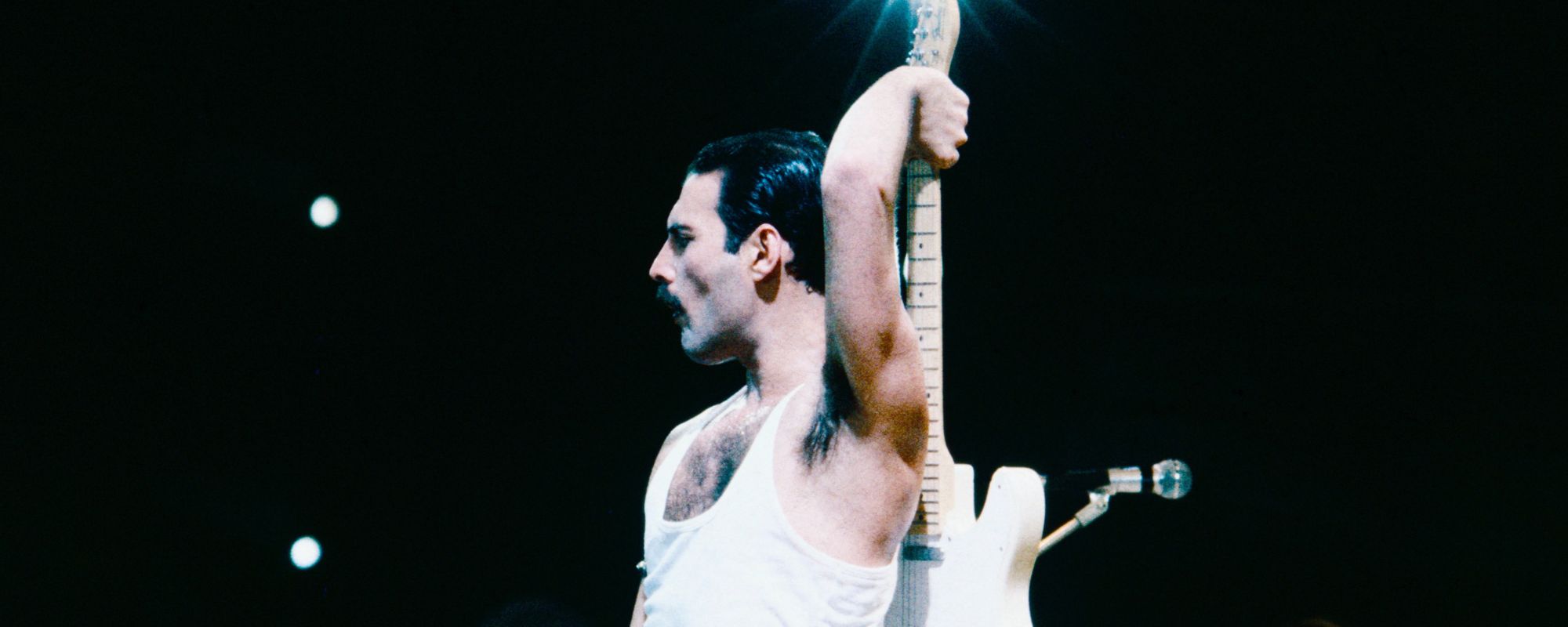

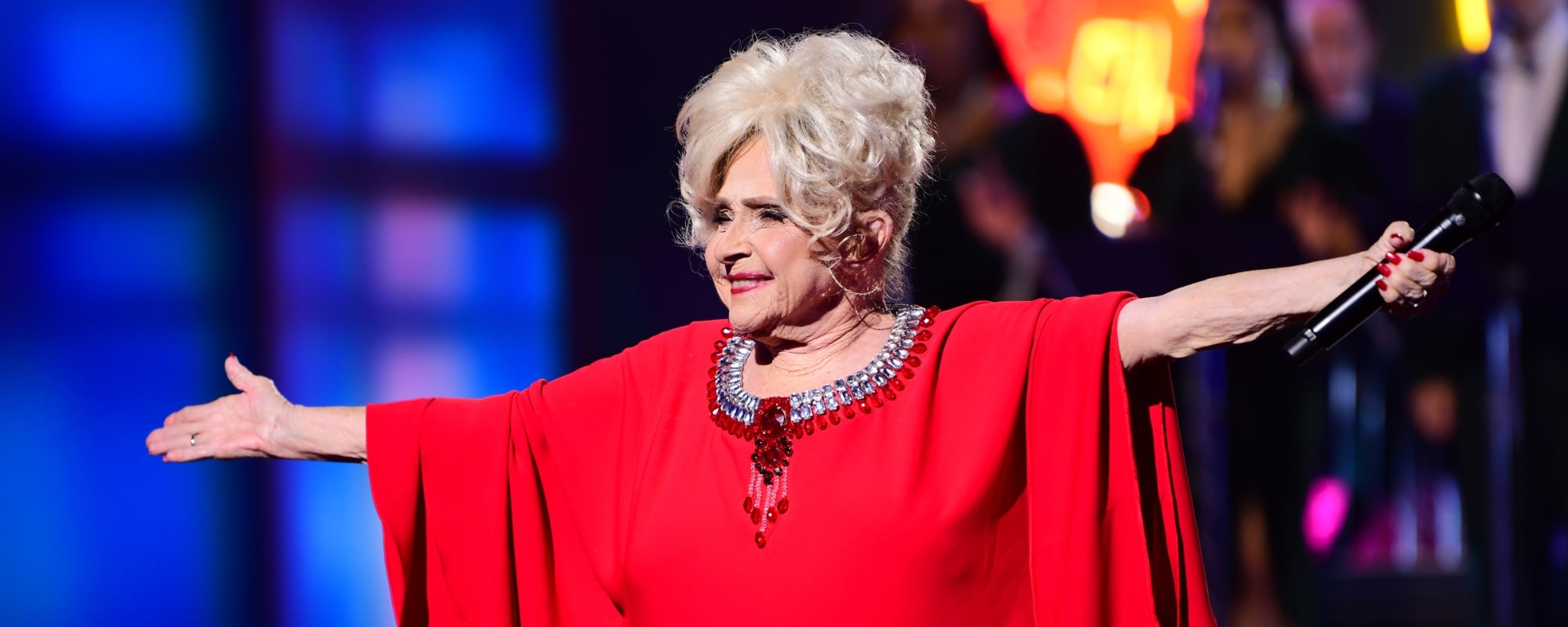

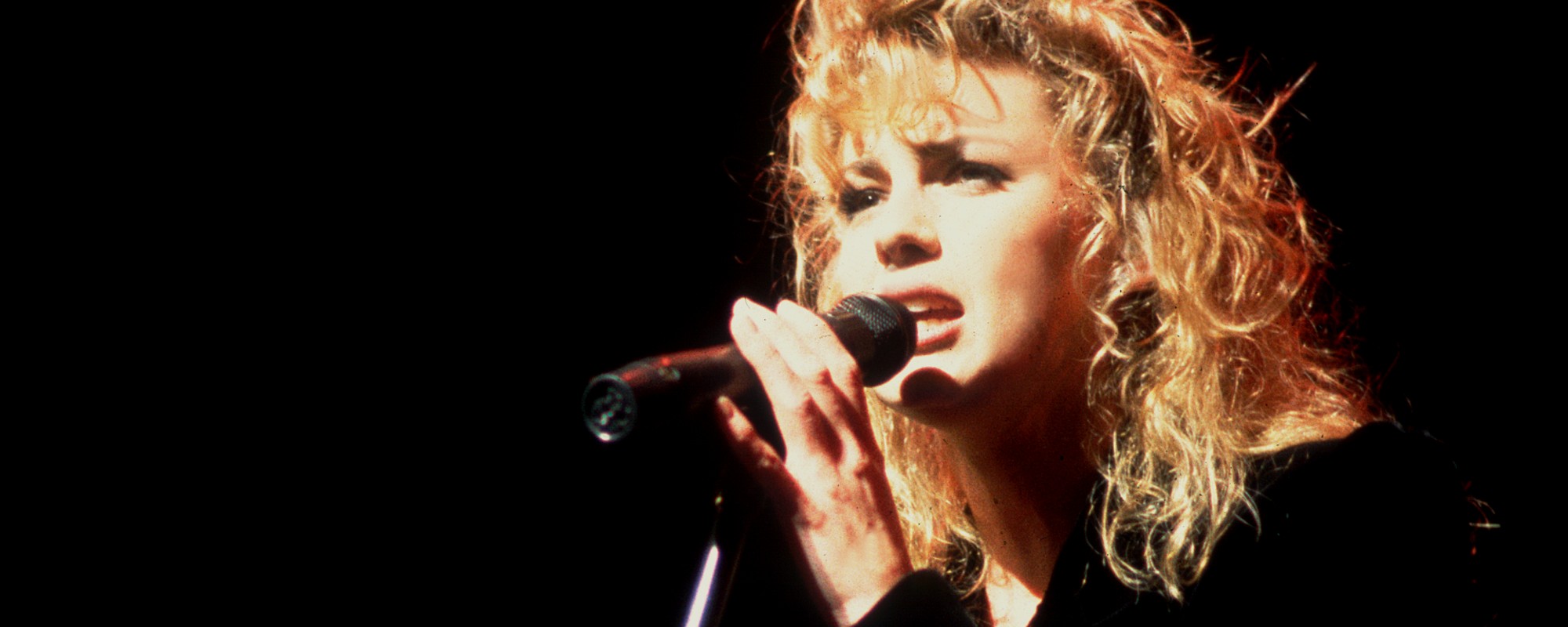
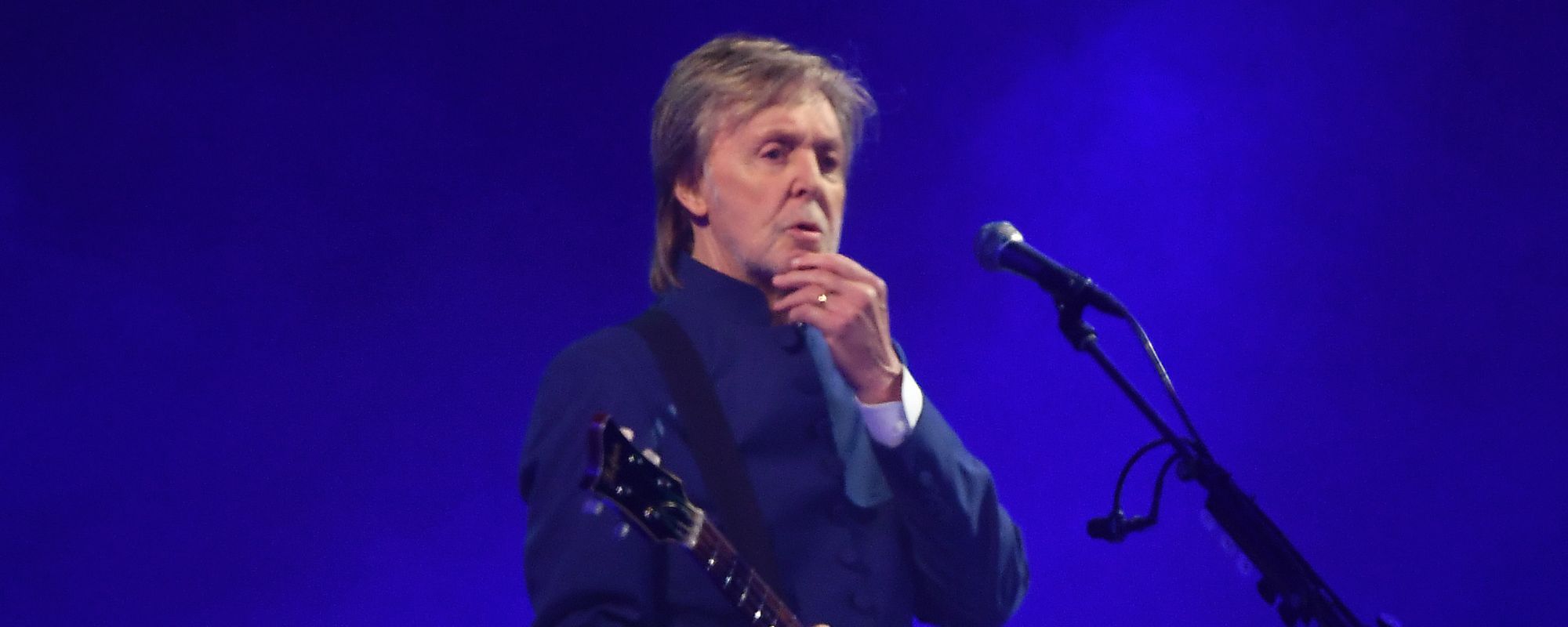
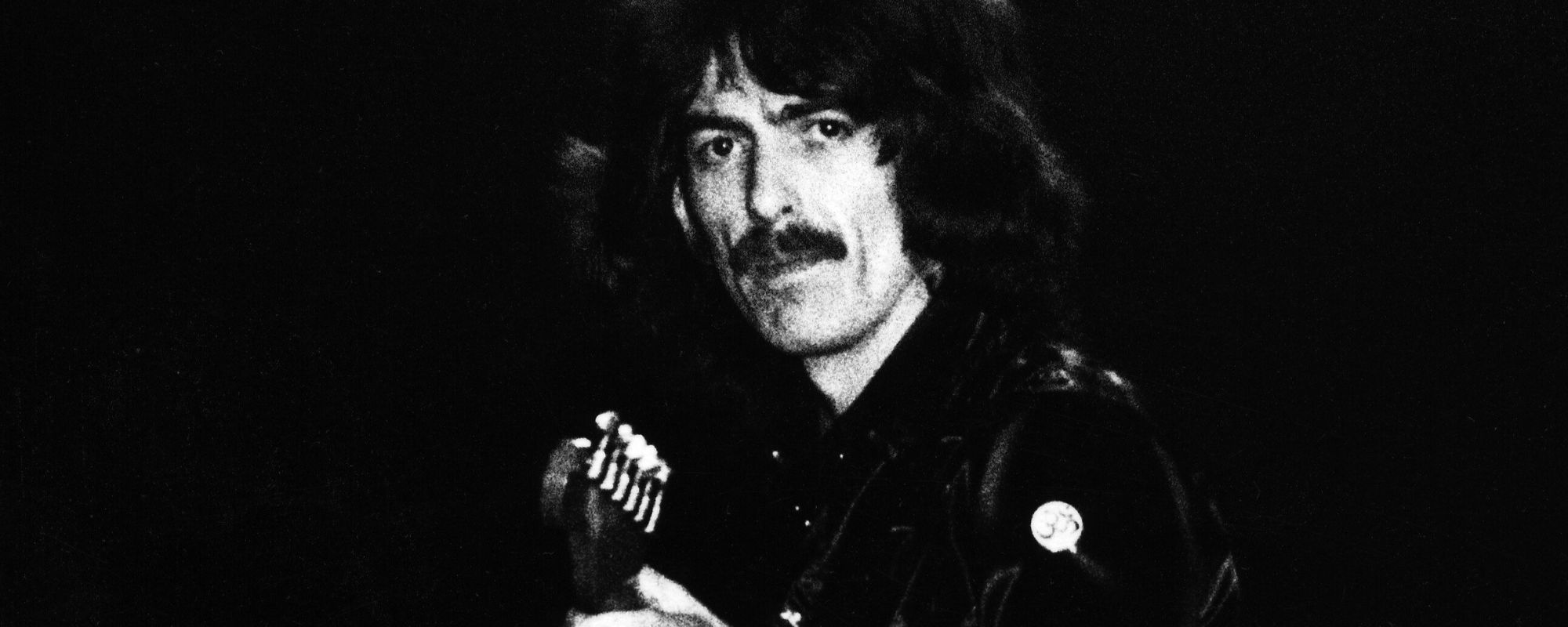

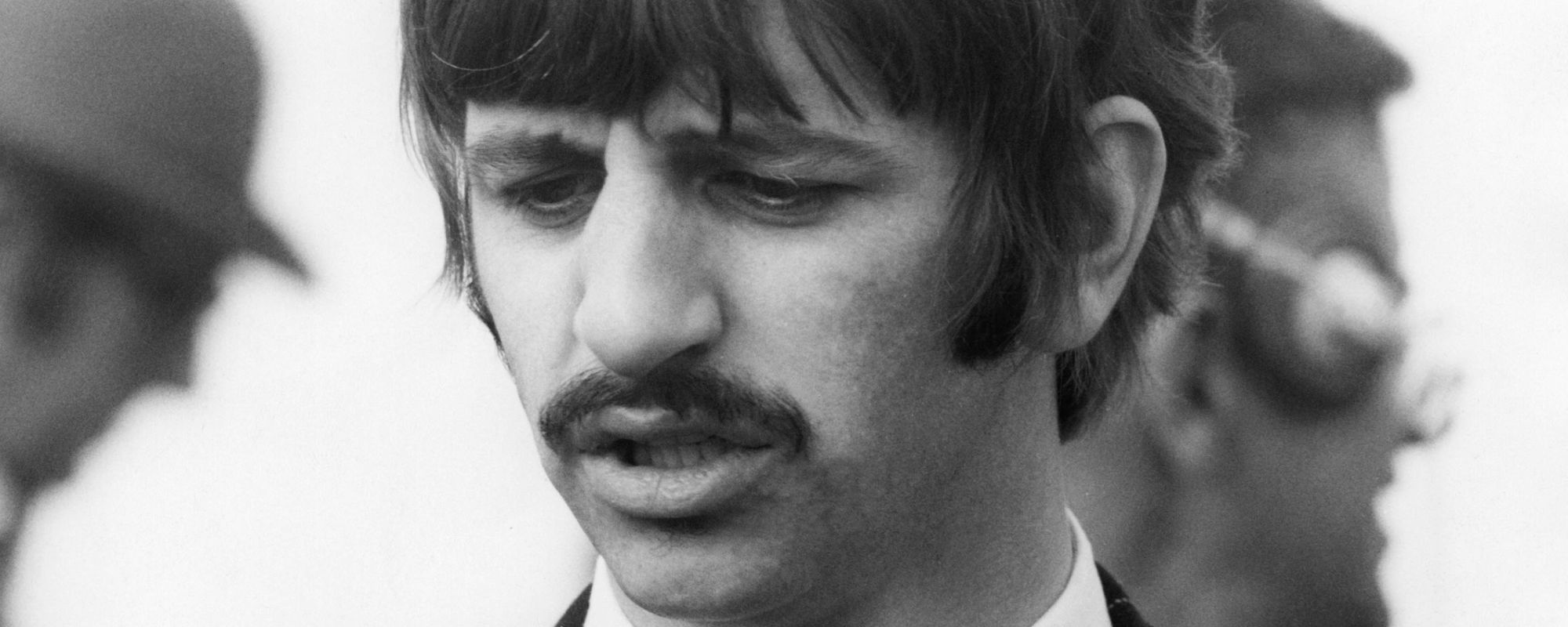

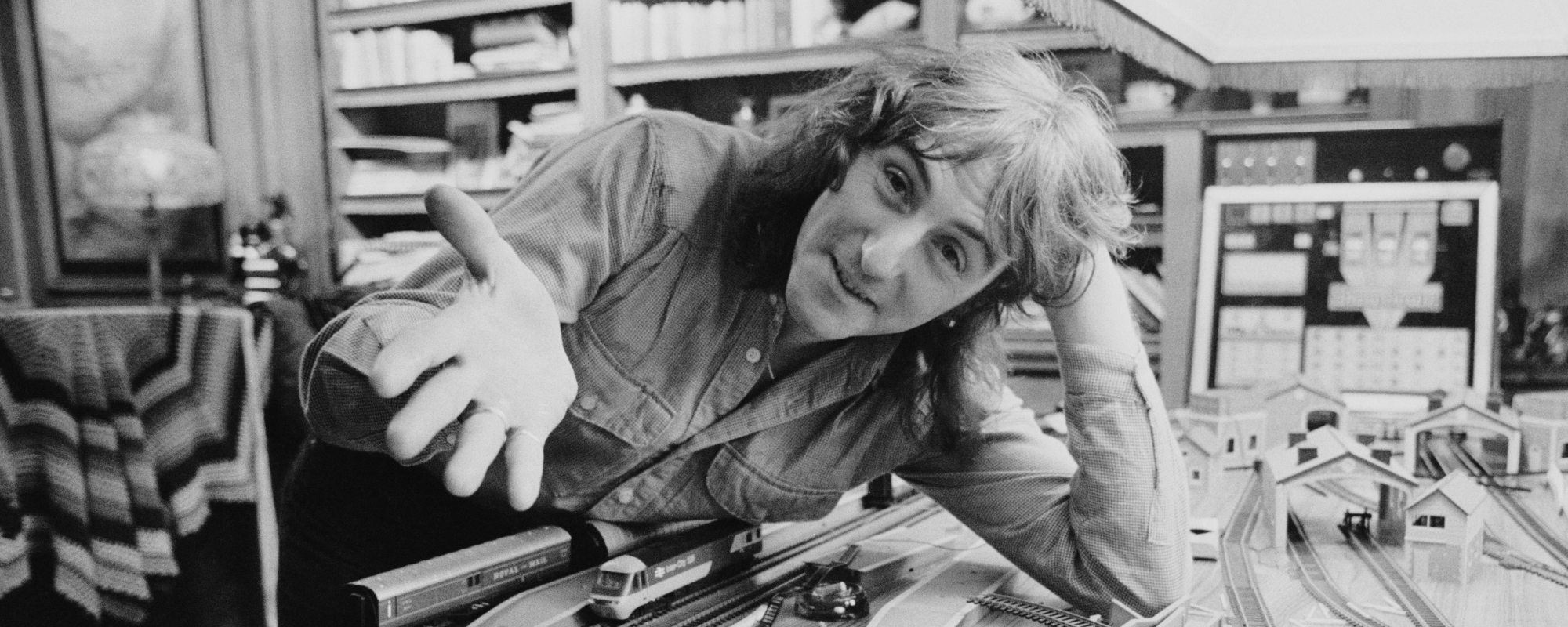
Leave a Reply
Only members can comment. Become a member. Already a member? Log in.